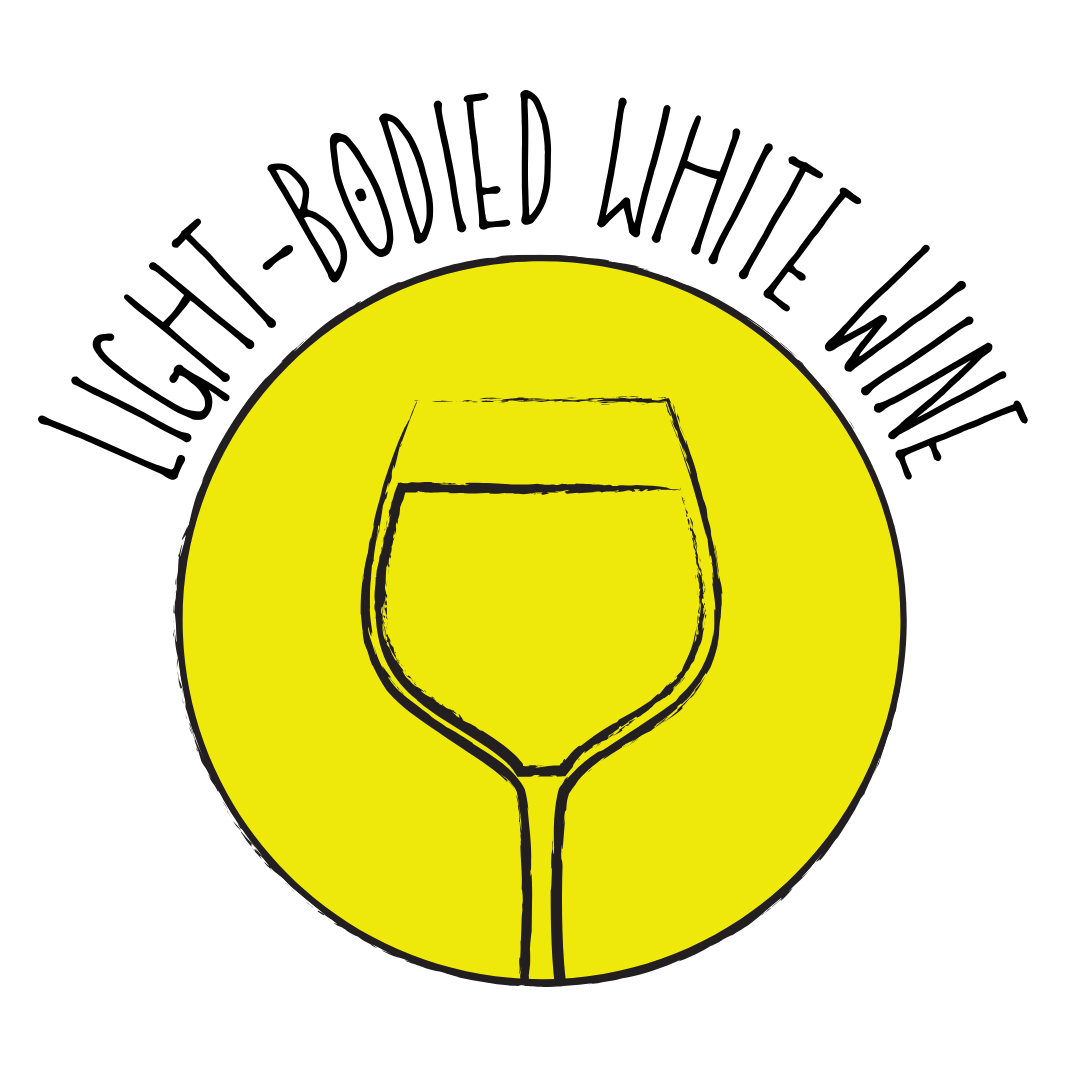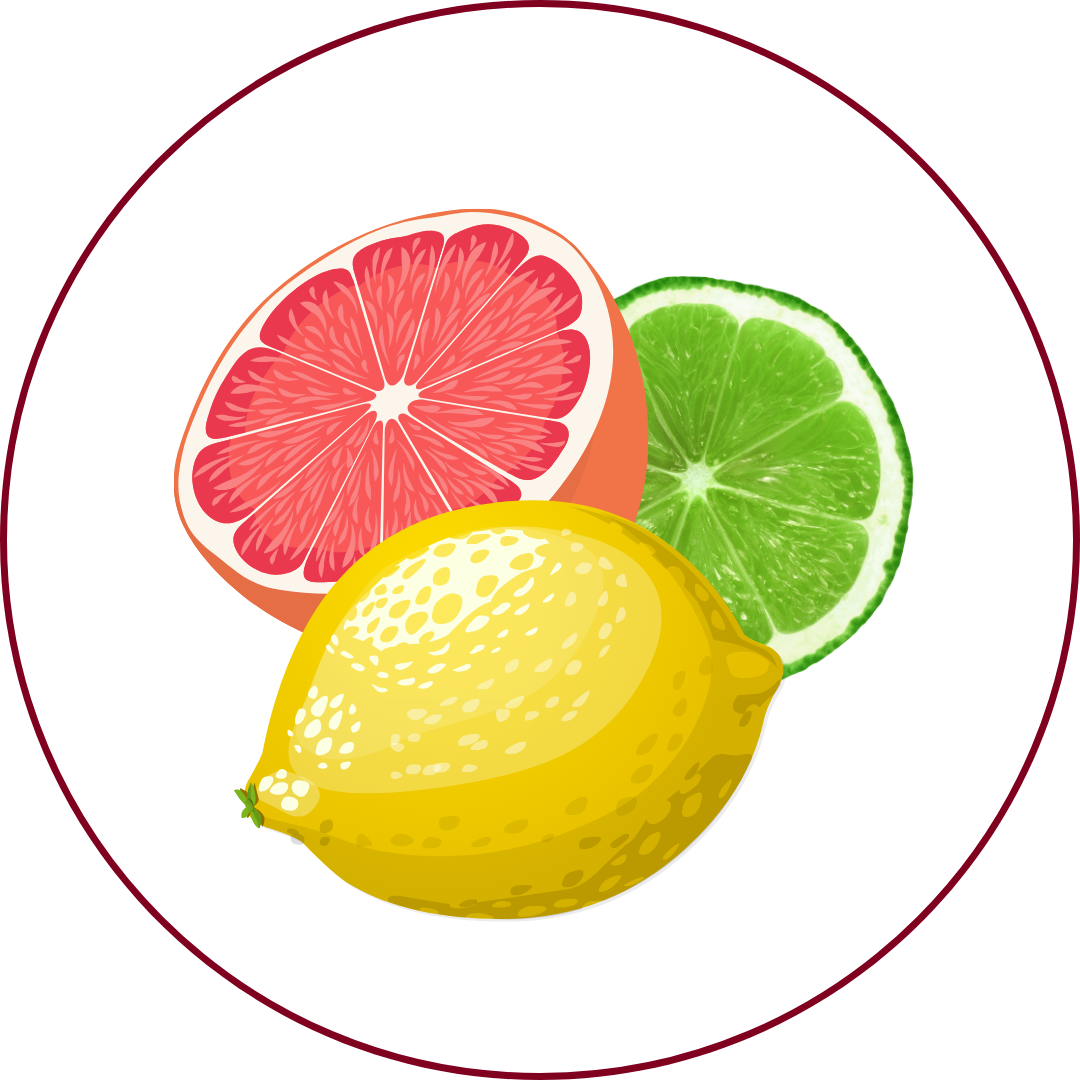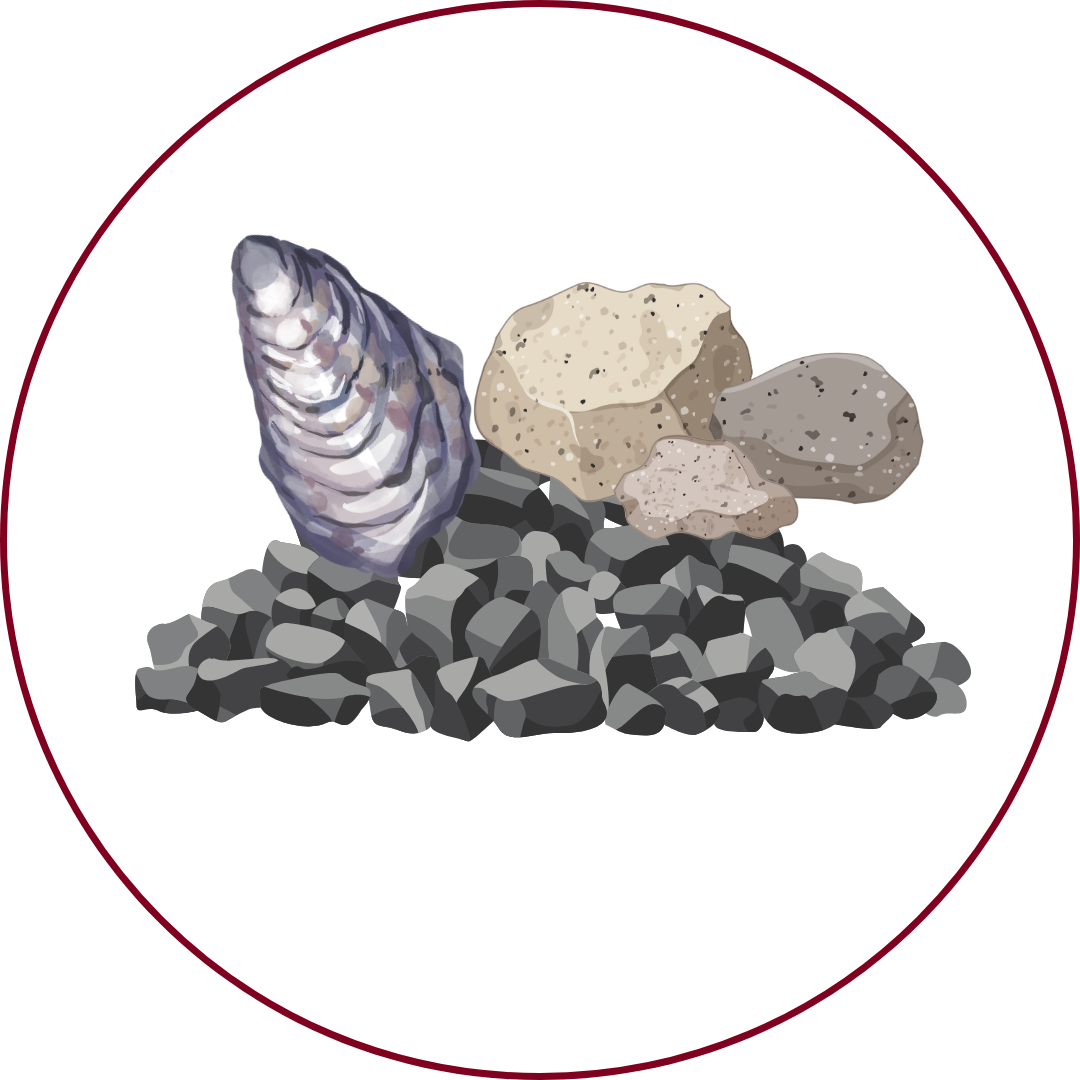Grape Variety
Incrocio-Manzoni
"in-KROH-choh mahn-ZOH-nee"
Wine Styles
 Sparkling
Sparkling Light White
Light White Full White
Full White Aromatic
Aromatic Rosé
Rosé Light Red
Light Red Medium Red
Medium Red Full Red
Full Red Dessert
DessertAbout Incrocio-Manzoni
Origin
Veneto, Italy
History
Incrocio Manzoni, specifically Manzoni Bianco (6.0.13), is a white grape variety developed in the 1930s by Professor Luigi Manzoni at the School of Enology in Conegliano, Veneto. It is a cross between Riesling Renano and Pinot Bianco, created through a series of experiments aimed at improving vine genetics. Manzoni Bianco is renowned for its adaptability to various climates and soils, as well as its resistance to common vine diseases. Today, it is cultivated primarily in northeastern Italy, particularly in the Veneto and Friuli regions, and is included in several DOCs, such as Colli di Conegliano Bianco and Breganze Bianco.
Appearance
Small, conical or cylindrical bunches with medium to small, round, green-yellow berries. The skin is thick and dense, providing resistance to various viticultural hazards.
Growing Traits
Incrocio Manzoni exhibits remarkable adaptability to different climates and soils, though it prefers hilly, deep, fresh, and fertile grounds. It is known for moderate production levels and has strong resistance to diseases like esca, powdery mildew, and sour rot. The grape typically ripens early to mid-season, similar to its Riesling parent.
Wine Characteristics
Body
3/5
Sweetness
1/5
Tannin
0/5
Acidity
4/5
Alcohol
3/5
Medium-bodied with a harmonious balance between fruit and acidity, offering a fresh and elegant profile. Typically dry, highlighting its crispness and subtle fruit flavors. Negligible tannins, as it is a white wine variety, resulting in a smooth and clean finish. Moderate to high acidity, contributing to its freshness and enhancing its aging potential. Moderate alcohol content, generally ranging between 12% and 13.5%, providing a balanced and approachable character.
Taste Profile

Green Apple

Citrus

Floral

Mineral

Honey
Incrocio Manzoni wines are characterized by fresh and elegant aromas, with notes of green apple, citrus, and subtle floral hints. On the palate, they exhibit a crisp minerality, balanced by moderate to high acidity, and may reveal nuances of honey and white peach, especially as they age. The finish is typically clean and refreshing, making it an appealing choice for those who appreciate refined white wines.
Food Pairing
Manzoni Bianco's crisp acidity and balanced profile make it a versatile companion for various dishes. It pairs well with seafood, such as grilled fish or shrimp, and complements pasta dishes with light sauces. Additionally, it harmonizes with soft cheeses and can enhance the flavors of vegetable-based dishes like roasted vegetables with halloumi cheese.
Growing Regions

Italy
VenetoFriuli-Venezia GiuliaTrentino-Alto Adige
Notable Wines & Producers
Manzoni Bianco Colli di Conegliano DOCG
Cantina Colli del Soligo
Conte Collalto
Manzoni Bianco Breganze Bianco DOC
Maculan
Ca' Biasi
Incrocio-Manzoni FAQ
Common questions about this grape variety
What is the origin of Incrocio-Manzoni?
+
Veneto, Italy
Is Incrocio-Manzoni wine full bodied?
+
Incrocio-Manzoni has a body level of 3 out of 5. Which means that Incrocio-Manzoni is Moderate bodied.
Is Incrocio-Manzoni wine dry or sweet?
+
Incrocio-Manzoni has a dryness level of 1 out of 5. Which means that Incrocio-Manzoni is Dry.
Where is Incrocio-Manzoni wine from?
+
Veneto, Italy
Where is Incrocio-Manzoni grown?
+
Incrocio-Manzoni is grown in Italy (Veneto, Friuli-Venezia Giulia, Trentino-Alto Adige).
What is Incrocio-Manzoni like?
+
Incrocio Manzoni wines are characterized by fresh and elegant aromas, with notes of green apple, citrus, and subtle floral hints. On the palate, they exhibit a crisp minerality, balanced by moderate to high acidity, and may reveal nuances of honey and white peach, especially as they age. The finish is typically clean and refreshing, making it an appealing choice for those who appreciate refined white wines.
What does Incrocio-Manzoni pair with?
+
Manzoni Bianco's crisp acidity and balanced profile make it a versatile companion for various dishes. It pairs well with seafood, such as grilled fish or shrimp, and complements pasta dishes with light sauces. Additionally, it harmonizes with soft cheeses and can enhance the flavors of vegetable-based dishes like roasted vegetables with halloumi cheese.
What does Incrocio-Manzoni taste like?
+
Incrocio Manzoni wines are characterized by fresh and elegant aromas, with notes of green apple, citrus, and subtle floral hints. On the palate, they exhibit a crisp minerality, balanced by moderate to high acidity, and may reveal nuances of honey and white peach, especially as they age. The finish is typically clean and refreshing, making it an appealing choice for those who appreciate refined white wines.
Take Incrocio-Manzoni Knowledge with You
Access detailed grape profiles, tasting notes, and pairing suggestions on your iPhone.
Download on theApp Store